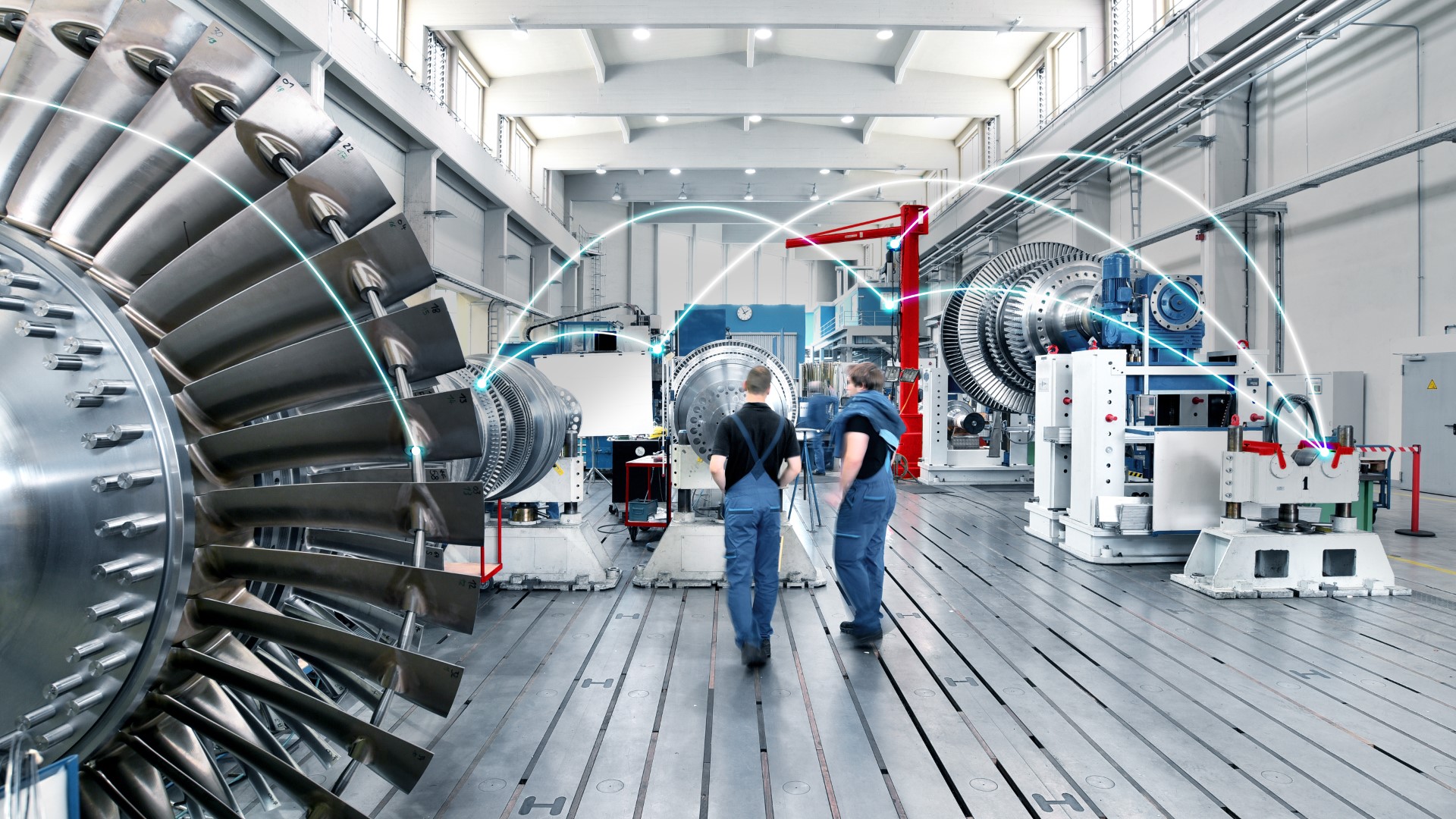
5G, IoT and AI have been hype words for the last few years. Consultants and technology companies are evangelizing on how those can transform industries - but there is still very limited evidence out in the market.
So, are we dealing with another bubble? Should we just wait for 6G and quantum computers or is there something more to this?
The world is full of technologies that can work wonders and new ones are constantly emerging. There are so many options and things that could be done, so it is challenging to pick just one with which to get started.
Unfortunately, no individual technology or product alone can create business benefits, nor solve a challenge. The value will only come from the ability to look beyond single technologies and understand the dependencies not only with new and exciting things, but also with existing legacy systems.
In many cases, a new technology has been piloted successfully. But very often, behind the scenes, these projects fail to mature beyond the standalone pilot. Real life is never as easy as it looks in the sales presentation.
The right building blocks
The challenge often is that even though the individual solution is great and does exactly what it says, this is not enough.
There needs to be a vision of integrated end-to-end processes. Otherwise, the intelligence will stay with the solution dashboard and the insight is not available to drive full optimization and improvements.
However, based on our studies, the understanding and the vision are getting in place. The harder part is getting there. When we are looking into new areas, there are always uncertainties and risks. With the uncertainty of results, it becomes harder to build the business case and return on investment, especially when you are getting started.
Public cloud computing has made trying out much easier, faster and cheaper. Unfortunately, there are security concerns and latency issues, which might not allow using public cloud.
So to be able to run the new applications, edge-computing capability is needed. A single server might sometimes be enough.
The second critical infrastructure component is connectivity. If the data does not flow, you are not able to do anything. I could go further into connecting the legacy systems, but let us leave that for later.
Most likely your first use case does not justify this sort of investment, so the longer-term vision needs to be in place.
Understanding the targets and processes help to define the optimal set-up. Some environments are stable and the production lines and output stay the same for decades.
In many cases, we are approaching the lot size of one and there is variation in products on a weekly basis. The changing production environment might make require having GPU server capacity to run training algorithms and advanced analytics and the flexibility on the shop floor requires wireless connectivity.
Although not yet widespread, we are seeing 4G and 5G becoming preferred solutions, as those are becoming easier to deploy and operate.
Luckily not everything is needed right away, but the infrastructure need to designed to enable the scale. This requires a leap of faith, but once the infrastructure is in place, introducing new solutions is straightforward.
Getting real
The typical approach that we at Fujitsu take is called HXD - Human Centric Experience Design approach. HXD helps to understand, but also to define the possibilities, challenges and prioritize those.
The most active area where we are currently working is quality assurance, so I am using Fujitsu Advanced Image Recognition F|AIR as an example. F|AIR simplifies the use of Artificial Intelligence to support and automate critical inspection processes and it is based on Fujitsu’s 30 years of AI expertise.
Quality problems affect for example output levels, throughput times and customer satisfaction, which can be easily quantified. After getting an understanding of the potential benefits, we look into the cost side.
Having understood the vision, we analyze the foundations. Do we have what it is needed to scale or do we need additional building blocks?
With F|AIR, we typically need some image capturing equipment and lights, but might also need for example battery banks for assembly trolleys to power the cameras. If we cannot justify the business case, we should look for other alternatives. As stated earlier, it is not the lack of options, but being able to select the right ones.
Once the business case is clear, the next steps are straightforward. We define the most important or most challenging use cases for the technical proof-of-value. That typically takes roughly two months.
After the PoV, we then design and develop the MVP taken to the production. Naturally, later on, the use cases can be expanded to cover more production lines and products as well as other factories.
Making an impact
The F|AIR example above can use sensor data flowing through 5G into the edge-computing running AI algorithms. As we have all the hype words in place, we should be happy. Right?
Not really, as we were still talking about a standalone solution. Fujitsu’s Real-time Intelligent Connected Enterprise (RICE) helps in defining the next steps.
How can you utilize the QA results to identify root causes and adjust your process or provide feedback to your suppliers, how do you inform your resellers and customers about the defects, and how do you move forward on building your production digital twin and run preventive maintenance and full-optimization scenarios?
Getting started needs to be easy, but the journey towards your vision is hard. For Fujitsu, this is strongly an ecosystem and collaboration game.
No single company has all the solutions and skills. The most important player is the customer, the best understanding about the needs are within the own organization.
Beyond our own technologies, we are working with our partners such as Microsoft and AWS for cloud computing, SAP and Oracle for multiple back-end systems and so forth. In addition to these giants, there is also a clear need for smaller startups that might have brilliant point solutions:
Whenever I speak with our partners, the message is the same: we need to collaborate and make everything work seamlessly. This is also not just talk. For instance, Nokia has just launched its 5G ecosystem, which is also strongly supported by Fujitsu. We will hear more about it in the near future.
Who do you trust to take the journey with you
Each manufacturer is different and we are still far from the situation where one could push a button to launch a digital twin of your factory. As the starting point varies, so does the path.
Each path is different, so we at Fujitsu are focusing on not just having the right tools and technologies, but the experience and understanding. These are based on two factors.
We are a global manufacturer producing complex products and we are walking the path ourselves. Most of our solutions are first iterated, tested and trialed in our own operations, not just emerging from PowerPoints.
The other aspect is our close collaboration with our partners and customers. Tens of years of work together with the other leading manufacturers in Japan and elsewhere have enabled us to become their trusted advisor with close collaboration.
The most important thing is to get started. Doing enables learning and once you are moving, it is much easier to adjust the direction. Please push yourself and your organization to have courage to get started. As it will be a long path, it makes sense to select someone you trust and want to work with.










